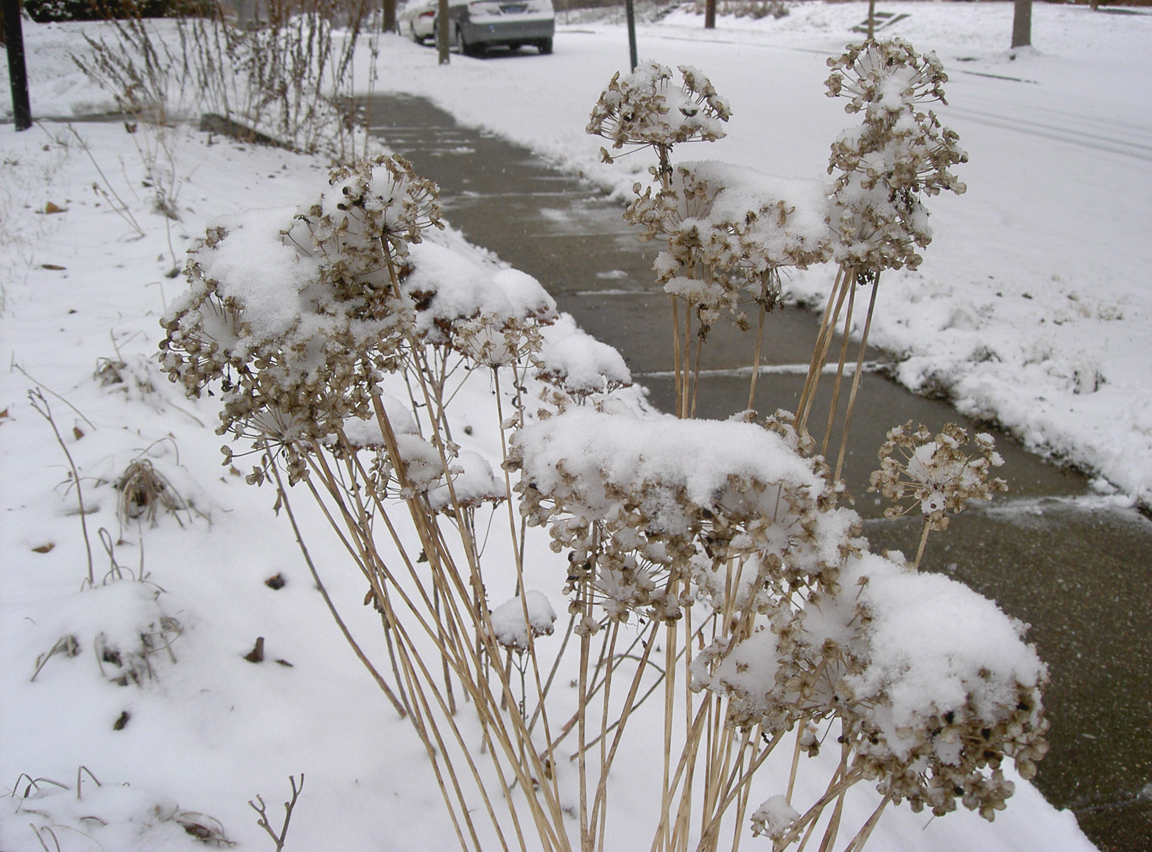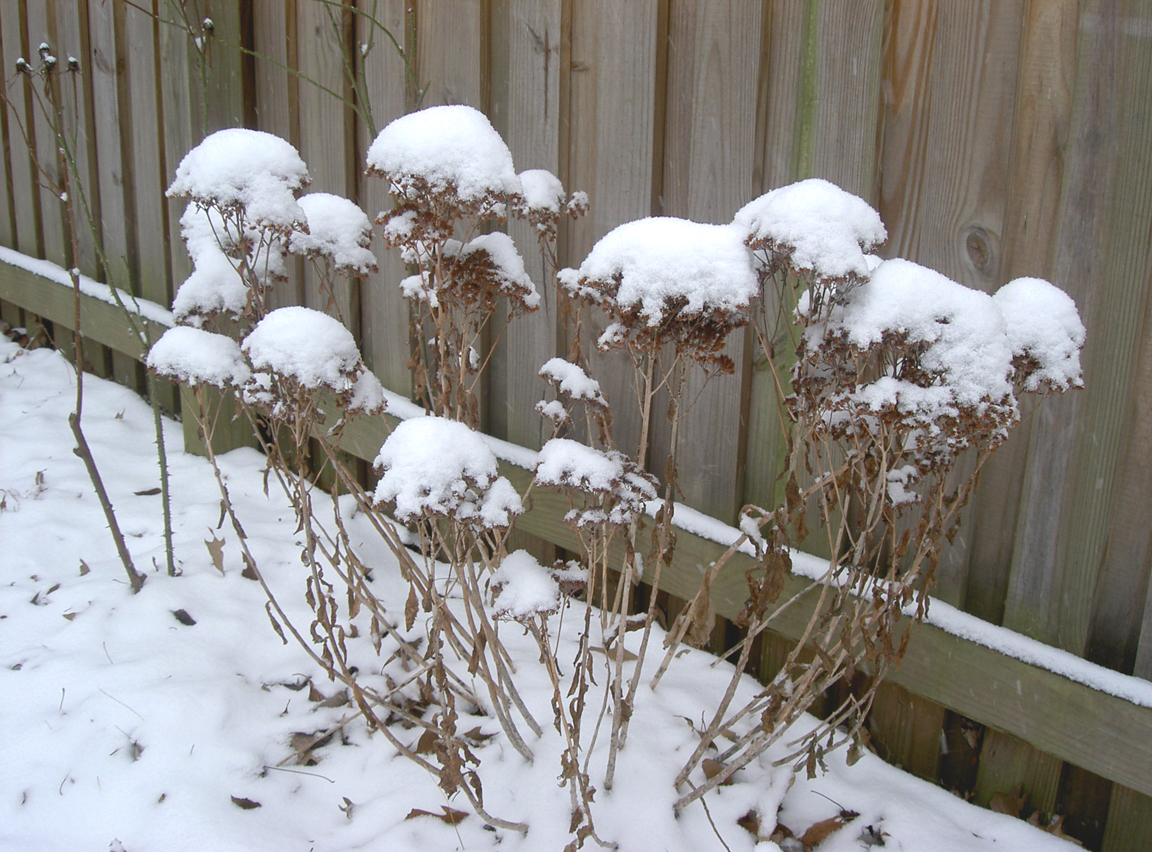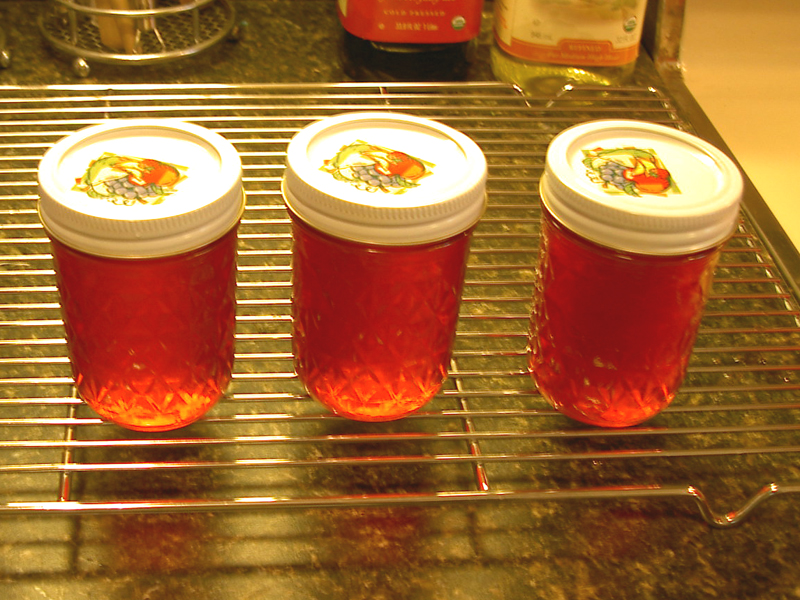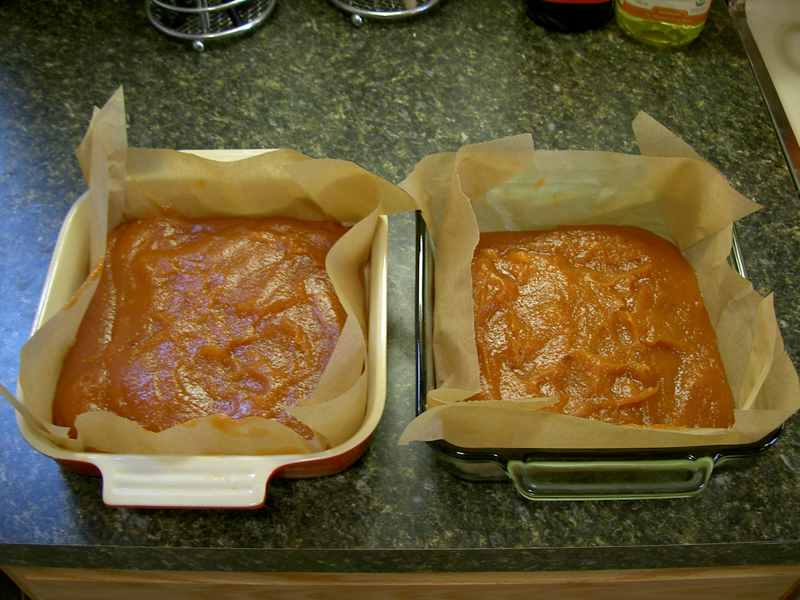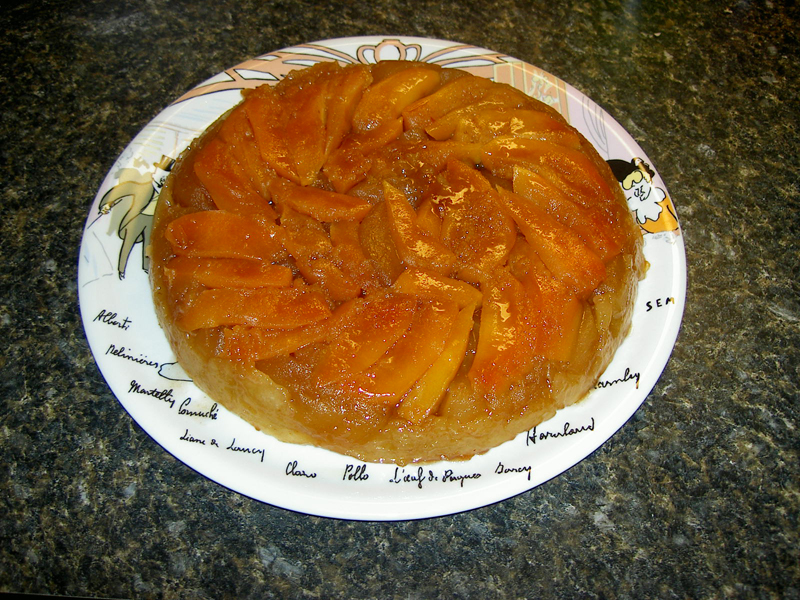It’s only been since participating in our CSA plan that I’ve cooked whole chickens. We signed up for the chicken option since we do eat chicken, and I liked knowing that the birds would either come from the farm (laying hens) or from local Mennonites with whom our farmer has an arrangement (roasters). I wasn’t prepared, though, for how emotional I got the first time I had the little naked bird carcass in my house. I cooked it, but it was hard; we ate it, and had a long moment of gratitude for the chicken’s life. It was delicious; we appreciated each bite.
It’s less difficult for me to cook a chicken now, mostly because I know what I’m getting into. I reevaluate each year whether I want to continue to receive chickens, and two more times now I’ve chosen yes. While the roasters are delicious, it’s the stewing hens that I feel an affinity for. I, along with nearly 100 other families, have eaten the eggs they’ve lain over the past three years. I have eaten the vegetables grown with the potent addition of their waste and kept free of many insect pests by their daring predation. I accept that their lifetime is limited, and that they won’t be able to lay eggs forever. I also accept that our farmer has chosen not to be driven by a chicken’s schedule, and won’t be replacing this flock. So I choose to accept the last gift of not one but many meals, in the form of the chicken stock I make and the meat full of all the flavors of what passes for wild living for a chicken.
Today I picked up the first of this winter’s chickens, and I feel a bit sad for it. I appreciate it and am looking forward to the meals it will provide, but I’m grieving a little bit as well. In a moment of the kind of timing that was completely absent last week, my replacement stockpot arrived yesterday, so the hen is already stewing. I have ambivalence about eating her, but that ambivalence is only one part of the multifaceted evaluation I make each time I choose my food. On balance, I would choose the same way again. Still, she deserves her moments of recognition, and today I will take time to make sure that this one chicken’s life has not passed unnoticed.
Thank you for the eggs, and the predation, and the poop. Thank you for your years of avian service. Thank you, in advance, for the delicious soups we will enjoy this year, flavored with your years of chicken experiences. Never let it be said that I forgot my food was once a living being.

